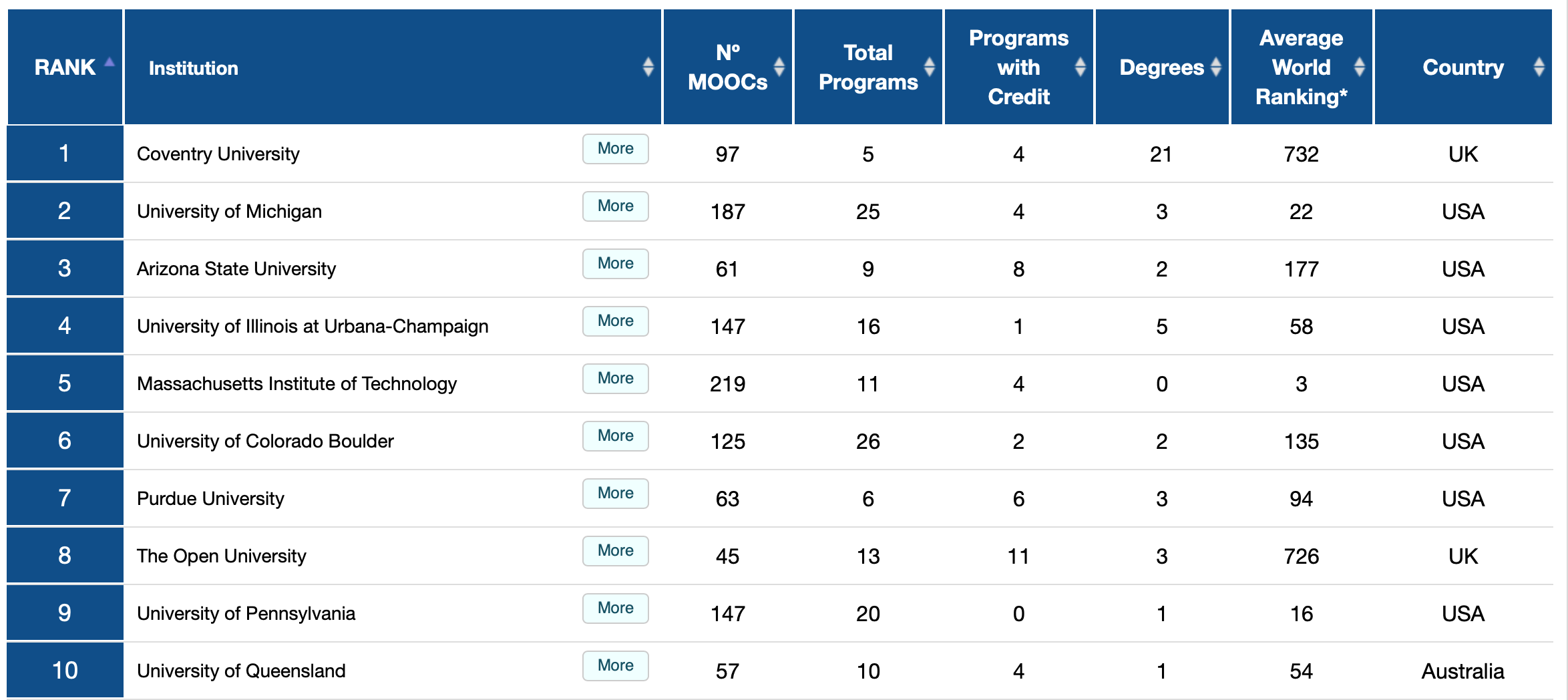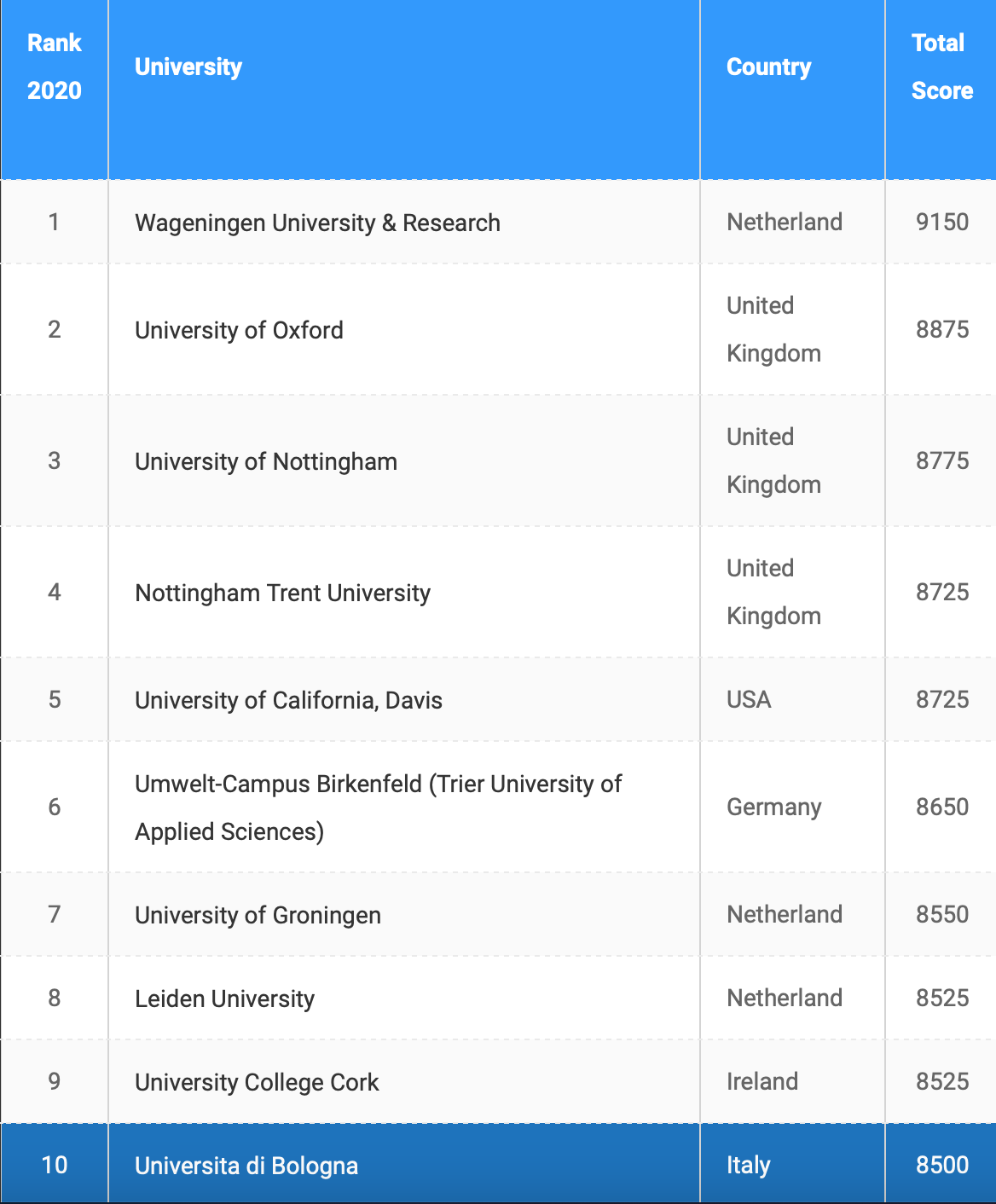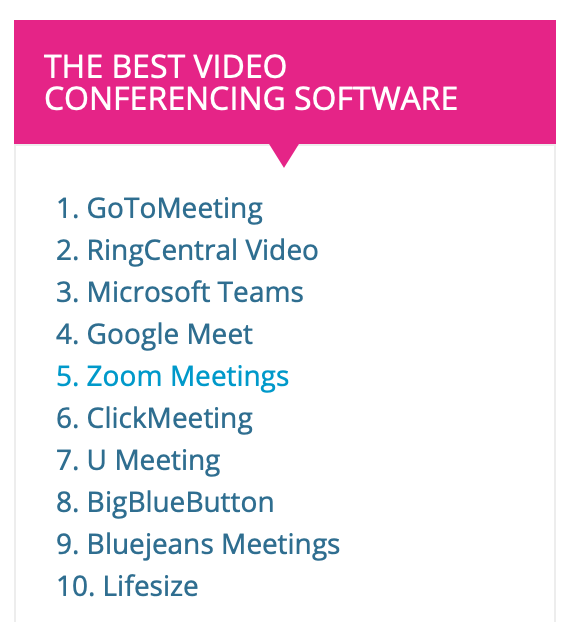As noted in our last rankings round up at the start of the current session, despite the impact the pandemic has had across the world on people and economies and the higher education sector, it does not seem to have affected the seemingly endless and unstoppable production of university rankings.
They are still as much a part of the landscape as they have ever been. Maybe that will change some day but in the meantime, as a service to those too busy, productive and sensible to waste valuable time on this sort of thing, it’s time for a round up of a few you may have missed while doing something more important in preparing for the roadmap.
Come on boffins
First up is this novel Intellectual Property ranking, which assesses how universities deal with the IP they develop – it adopts a tiered approach rather than being a pure ranking and there is a detailed report available from the website.

We have set out to investigate and rank how UK universities approach the ownership and accessibility of the IP developed by their students (current and immediate past alumni).
The ranking was compiled based on 2 main criteria – (i) the students’ ease of retrieval of and access to their University’s IP Policy and/or Regulations and (ii) the transparency (or lack) of the IP Policies and/or Regulations in acknowledging IP creation and ownership by students as a distinct category of creators and exploiters of IP.
It’s certainly an original approach.
Impactful
Then we have this relatively new global ranking which offers a series of league tables covering a range of different dimensions of university activity:

The Organizing Committee of the Second Conference of the Hanseatic League of Universities has formed a task force to prepare a new university ranking system. It is titled “World’s Universities with Real Impact (WURI)” and evaluates the university’s real contributions to our society. WURI highlights creative and innovative approaches to university research and education that focus on:
1. Industrial applications, rather than the traditional ways of counting research papers and lecture-type teaching;
2. Value-creating startups and entrepreneurship, rather than a traditional focus on the number of jobs filled; and
3. Social responsibility, ethics, and integrity, rather than a focus on knowledge and skills just for material success.
4. Student mobility and openness for exchange and collaboration between schools and across national borders, rather than an independent yet closed system.
Will WURI have real impact in the long run? We’ll have to wait and see.
Back to the future
Meanwhile there is this very entertaining new league table of how well universities are doing in terms of their MOOC offer:
Discover the world’s top universities by their MOOC performance.
MoocLab’s World University Rankings by MOOC Performance (WURMP) judge universities on their provision of Massive Open Online Courses (MOOCs). This year’s rankings (WURMP 2021) include 200 universities covering 34 different countries across the world offering courses on the three leading MOOC platforms – Coursera, edX and FutureLearn.This table ranks universities based on 5 performance indicators that measure an institution’s performance across the number of MOOCs provided, the provision of course programs, course programs bearing credit, degrees and the institution’s average world ranking.
Here’s the top 10

It’s not a terribly snappy abbreviation (try saying WURMP with a straight face) and it’s possible this is a ranking whose time has already passed but nevertheless it is a novel approach. And it is fair to say it is surely a cause for some celebration in Coventry who rarely appear atop an international university ranking.
Everything’s gone green again
The UI Green Metric ranking has been around for quite a while now and seeks to promote through its league table a range of environmental policies and practices in universities:
The aim of this ranking is to provide the result of online survey regarding the current condition and policies related to Green Campus and Sustainability in the Universities all over the world. It is expected that by drawing the attention of university leaders and stake holders, more attention will be given to combating global climate change, energy and water conservation, waste recycling, and green transportation.
We hope that the rankings will be useful to university leaders in their efforts to put in place eco-friendly policies and manage behavioral change among the academic community at their respective institutions.
It is certainly remains a distinctive ranking and not just because it is the only international league table with both Nottingham universities in the Top 10.
pic
Top bants
Those ever-creative types over at Bantshire University have been working hard in recent months to come up with some more vital university rankings. One of the most topical is the University Socially Distanced Rankings:
We’ve taken universities’ outside site area and gross internal area (HESA, 2018), and distributed it evenly to all students and members of staff. We’ve then collided this data to work out how much space, on average, is available to each individual to social distance within.
OBVIOUSLY THIS TABLE IS FOR NOVELTY PURPOSES ONLY. DO NOT MAKE ANY HEALTH RELATED DECISIONS BASED ON THIS INFORMATION.
Assumptions: Every student and member of staff is at their university at the EXACT same time (I don’t know why, maybe there’s a free Nando’s giveaway happening), and they are distributed evenly across all sites (unlikely, we know). It also assumes that the Open University have packed in remote learning and are squeezing 130,810 students and staff into their eight sites.
All seems pretty accurate and just the kind of measure to be built into every university’s KPI set. And there is a bonus health warning too.
In the zoom where it happened
Finally, there is this inevitable and super-topical ranking of online meeting software. And you thought it was only Zoom or Teams. (I’ve genuinely heard of only a handful of these.)

Happy spring ranking everyone!














The most useful one is LSBU’s social mobility index as presented by HEPI last week. Ok, it’s a macro level ranking table and social mobility ideally should be analysed at micro student level, but a useful overview nonetheless.
The inclusion of McDonald’s “Hamburger University” (where graduates receive the honorary title of Bachelor of Hamburgerology) makes me slightly dubious about the credibility of WURI.